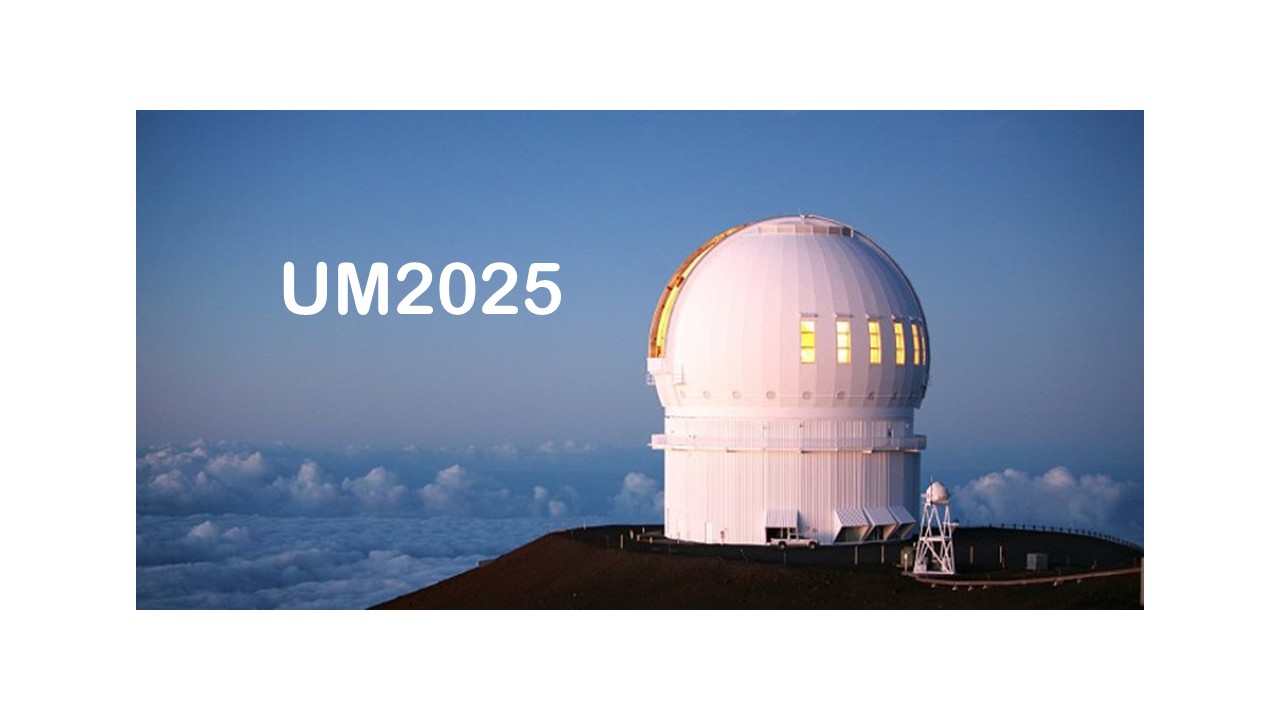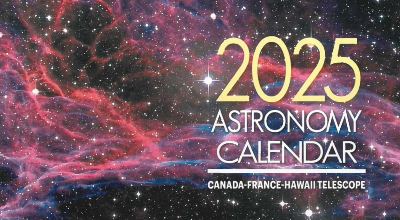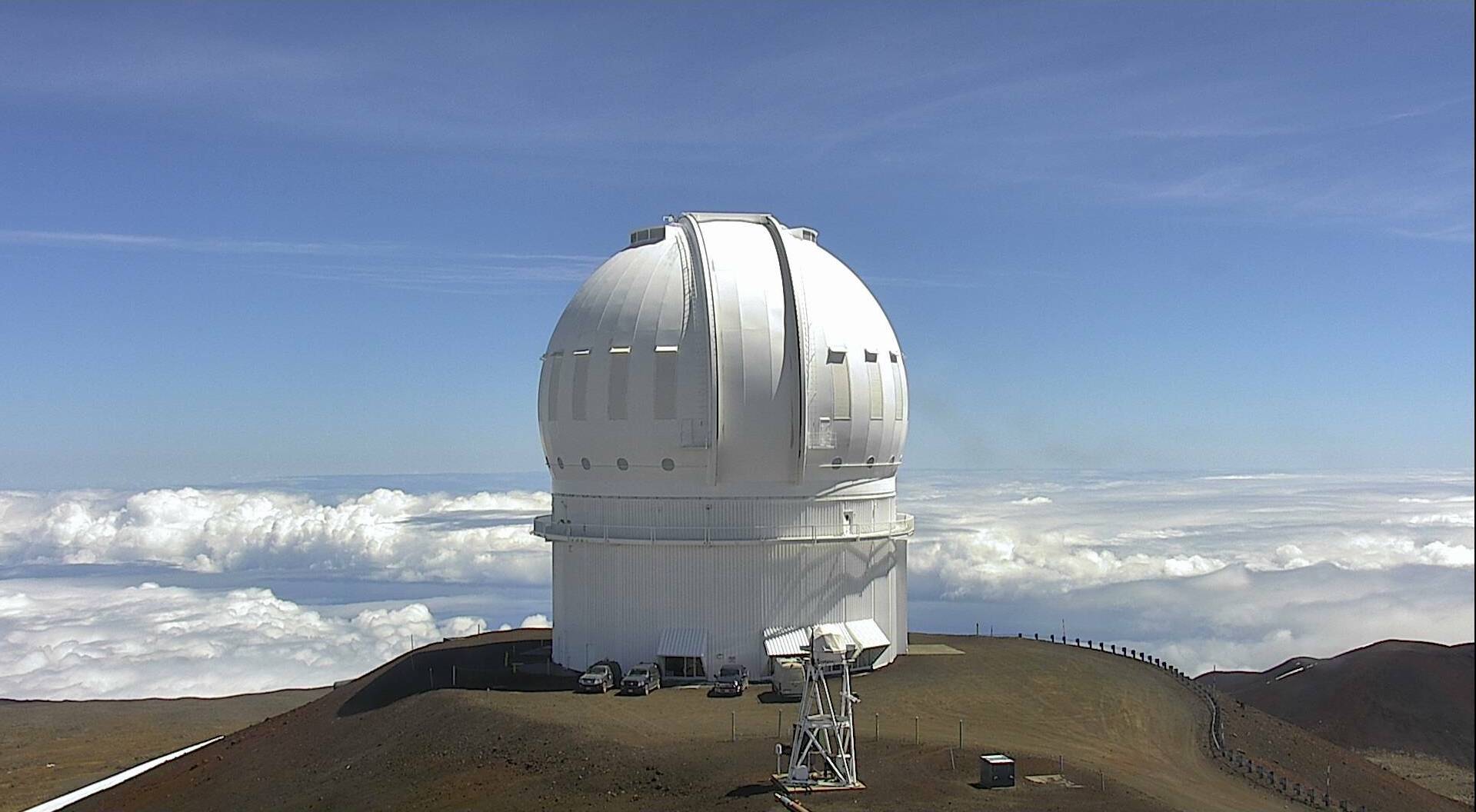An Uniquely Pristine Cluster Remnant
 Artist's rendering of C-19's place in the Milky Way. Artist's rendering of C-19's place in the Milky Way. Credit: International Gemini Observatory/NOIRLab/NSF/AURA/J. da Silva/Spaceengine. Acknowledgment: M. Zamani (NSF’s NOIRLab) |
An international team of researchers including astrophysicists from the international Pristine collaboration published a paper today in Nature announcing their discovery of the remnants of a star cluster whose stars share a uniquely low fraction of heavy elements. As successive generations of stars enrich the medium with heavy elements, this cluster likely formed from very early generations of stars and provides a remarkable relic from a time when the very first stellar structures were assembled. Prior to this discovery, astronomers did not know that star clusters with such pristine stars existed — some theories even hypothesized they could not form at all, others that they would have all vanished by now — which makes this a key discovery for our understanding of how stars form in the early Universe.
To understand how the first stellar structures formed in the universe astronomers have two research tracks. On one hand, they can observe the most distant galaxies. In this sense, the telescope acts as a time machine for these galaxies: because of their distance, astronomers observe as they were a long time ago in their infancy.
Alternatively, one can study in great detail the oldest structures in our own galaxy, the Milky Way, an approach called “Galactic Archeology”. The vast majority of the stars that surround us were, like the Sun, formed in our Galaxy. However, a small fraction of the Milky Way's stars, most commonly found in its outskirts, originated in smaller galaxies orbiting the Milky Way. Through tidal interactions, known as “Galactic Cannibalism”, the gravity of the Milky Way ripped apart the smaller galaxies. Over time, those stripped stars and clusters merged with the Milky Way. The discovered cluster was brought in through such a process, and has been shedding its stars as it travels around the Galaxy as a result of gravitational tides, leaving a “stream” of stars across the sky.
“Thanks to the combination of data from the Gaia spacecraft and multiple ground based telescopes the Pristine team unveiled this remarkable stellar stream,” said Dr. Nicolas Martin, Observatoire astronomique de Strasbourg and Pristine team lead. “This exciting discovery illustrates the power of bringing together observers and theorists from across the world.”
The team began by exploring the unprecedentedly detailed map of the location and movement of stars gathered by the Gaia spacecraft, launched by the European Space Agency in 2013, using a novel algorithm to isolate the rare groupings of stars moving in concert. One of the structures discovered in this way is a new candidate stellar stream that the team called “C-19”. In parallel, the Pristine survey, conducted at the Canada-France-Hawaii Telescope in Hawaii and using CFHT’s wide field imaging capabilities and the CaHK narrow band filter mapped the sky to systematically measure the fraction of heavy elements in millions of stars.
When combined, these two studies revealed the surprising news that C-19 contains stars with an extremely low heavy element fraction.
Spectroscopic observations with the GRACES spectrograph , a collaboration between CFHT and the Gemini North Telescope to use CFHT's ESPaDOnS in Hawaii and Gran Telescopio Canarias in La Palma revealed a more detailed picture of the heavy elements within these stars. Using the spectra or rainbows of the stars in the suspected stellar stream, the team determined the stellar cluster nature of C-19 as well as the exceptionally low levels of heavy elements present in its stars.
“The spectra allowed us to measure a fraction of heavy elements that is as low as 0.04% of that observed in our Sun”, confirms Kim Venn, University of Victoria, who led the spectroscopic analysis of these new follow-up observations. “C-19’s metallicity is well below any other known structure in the universe and previously thought to be theoretically impossible.”
This artifact from ancient times opens a direct and unique window into the early epochs of star formation in the universe and the build-up of stellar structures in these very early times. The continuously improving maps of the Milky Way from the Gaia mission and the Pristine survey will help improve the discovery of such exceptional grouping of stars as precious fossils from ancient times.
“The discovery of the C-19 stellar stream continues the legacy of the Pristine Survey,” says Todd Burdullis, queued service observing operations specialist at CFHT. “The survey continues to demonstrate the effectiveness of Megacam’s wide field, the power of the GRACES collaboration with Gemini, and the creativity of our user community.”
Additional links
arVix verion of the paper
NOIRLab News Release
Observatorie Astronomique de Strasbourg News Release
University of Victoria Q&A with Dr. Kim Venn
Media Contacts
Mary Beth Laychak
Director of Strategic Communications, Canada-France-Hawai'i Telescope
808-885-3121
laychak@cfht.hawaii.edu
Scientific Contacts
Kim Venn
Professor, University of Victoria Astronomy Research Centre
250-415-5135
kvenn@uvic.ca
Nicolas Martin
Associate Researcher, CNRS
33 6 24 00 28 04
nicolas.martin@astro.unistra.fr




